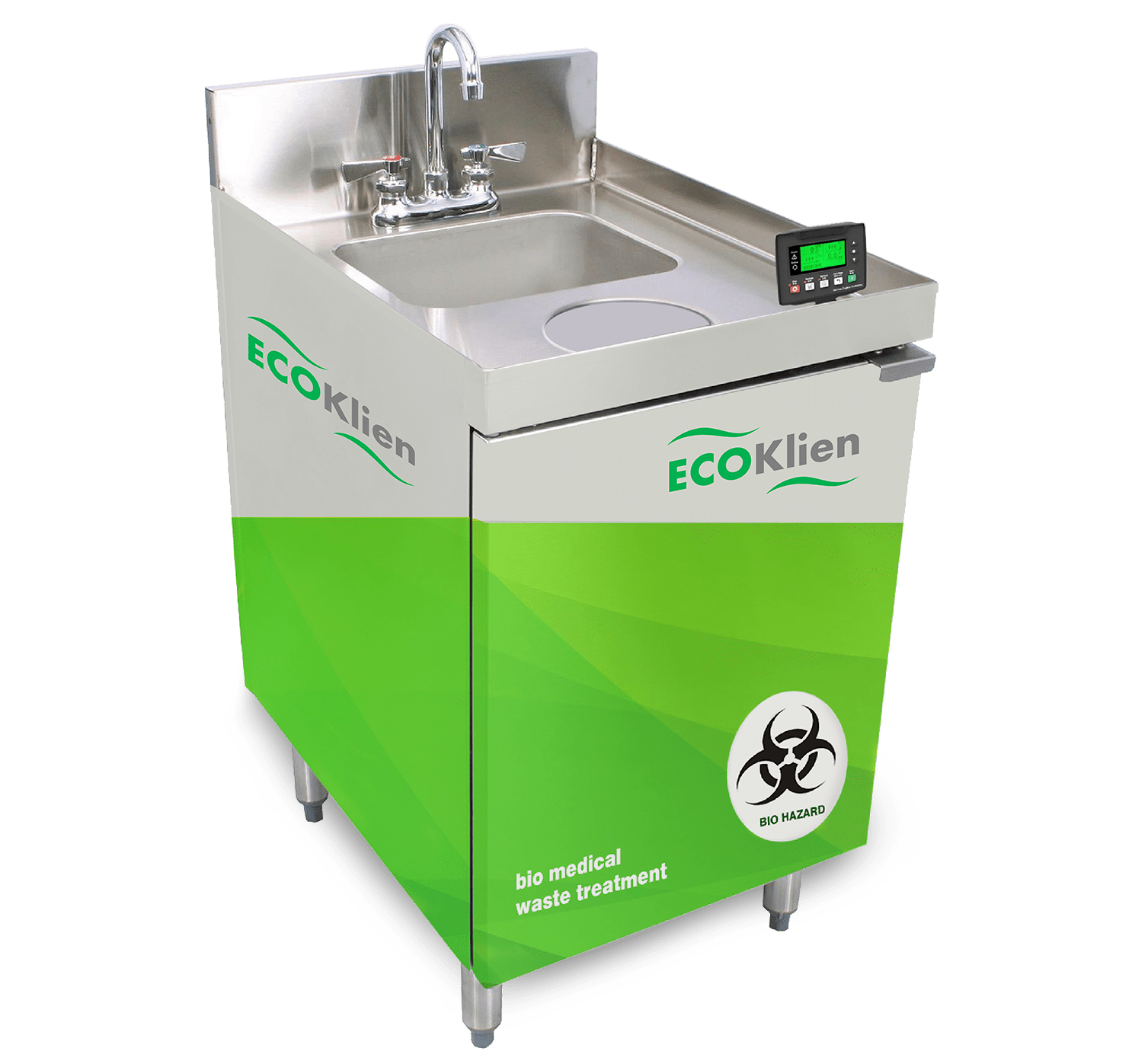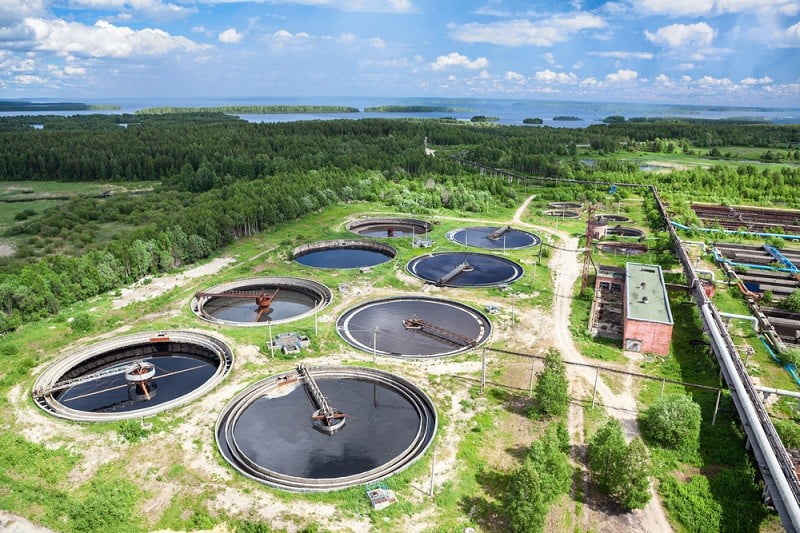Reliable Liquid Waste Disposal Melbourne: Safe and Reliable Providers
Reliable Liquid Waste Disposal Melbourne: Safe and Reliable Providers
Blog Article
How Fluid Garbage Disposal Functions: A Detailed Overview of Strategies and Technologies Utilized

Summary of Liquid Waste Kind
The intricacy of fluid waste kinds requires a comprehensive understanding of their attributes and ramifications for disposal. Liquid waste can extensively be classified right into numerous kinds, including industrial, metropolitan, farming, and contaminated materials. Each classification displays distinctive residential properties, calling for particular administration strategies to mitigate environmental and wellness dangers.
Industrial fluid waste stems from making procedures and frequently consists of a variety of contaminants, such as heavy metals, solvents, and natural compounds. Local liquid waste, mainly comprising wastewater from families and commercial facilities, consists of raw material, nutrients, and virus (industrial wastewater treatment). Agricultural liquid waste, consisting of overflow from farms, may have plant foods, chemicals, and pet waste, positioning risks to water top quality and communities
Unsafe fluid waste is characterized by its poisoning, reactivity, or possible to create harm. This classification consists of materials like acids, bases, and specific chemicals that demand rigid handling and disposal protocols. Recognizing these diverse fluid waste kinds is important for developing efficient disposal methods and guaranteeing compliance with ecological policies. Correct classification and characterization are necessary for executing suitable therapy strategies and minimizing the negative effect on public health and the atmosphere.
Physical Therapy Approaches

Screening is the first action, where larger particles and particles are gotten rid of from the liquid waste using displays or grates. In sedimentation containers, heavier fragments resolve at the base, forming a sludge layer, while the cleared up fluid can be additional dealt with.
Filtering is one more essential approach that entails passing the fluid via porous materials, such as sand or membrane layers, to capture smaller particles. This action boosts the quality of the fluid, making it appropriate for succeeding treatment procedures.

Chemical Therapy Strategies
Chemical treatment strategies are essential for effectively handling liquid waste, particularly in resolving liquified and colloidal pollutants that physical techniques might not adequately get rid of. These methods use numerous chemical agents to reduce the effects of, precipitate, or transform harmful substances right into less hazardous kinds.
One usual approach is coagulation and flocculation, where chemicals such as alum or ferric chloride are contributed to promote the aggregation of suspended fragments. This procedure enhances sedimentation, permitting much easier removal of the resulting sludge. In addition, oxidation processes, utilizing agents like chlorine or ozone, are employed to damage down complicated organic substances and virus, making the waste more secure for discharge or further treatment.
Neutralization is another crucial method, which readjusts the pH of acidic or alkaline waste streams to neutral degrees, stopping possible damage to downstream systems and the atmosphere. In addition, progressed oxidation processes (AOPs) make use of mixes of oxidants and ultraviolet light to break down consistent contaminants, achieving a greater degree of therapy efficiency.
Biological Treatment Processes
Organic treatment procedures play an important duty in the administration of liquid waste by utilizing bacteria to decompose raw material and minimize impurity degrees. These processes can be broadly classified right into aerobic and anaerobic therapies, each using certain microbial communities to attain reliable waste destruction.
Cardiovascular treatment involves the use of oxygen to facilitate the malfunction of organic materials by bacteria. This process is commonly applied in activated sludge systems, where oygenation tanks offer a favorable environment for microbial development, leading to the oxidation of organic toxins. The resultant biomass can be divided from dealt with effluent with sedimentation.
On the other hand, anaerobic therapy happens in the absence of oxygen, depending on different bacteria to damage down natural issue. This technique is particularly useful for high-strength waste, as it produces biogas, a renewable resource resource, while minimizing sludge production. Technologies such as anaerobic digesters are regularly utilized in municipal and commercial applications.
Both aerobic and anaerobic biological treatments not just reduce the environmental effect of liquid waste yet likewise facilitate resource recovery, making them crucial components of lasting waste monitoring techniques. Their flexibility, efficiency, and performance support their extensive application throughout numerous markets.
Arising Technologies in Disposal
Innovative methods to fluid waste disposal are quickly progressing, driven by developments in innovation and an increasing emphasis on sustainability. Among these arising innovations, membrane layer bioreactors (MBRs) have actually gained traction for their ability to combine biological treatment with membrane layer purification, causing top quality effluent that can be reused in different applications. MBRs enable smaller footprints and a lot more effective procedures contrasted to standard systems.
One more appealing development is the use of anaerobic food digestion incorporated with nutrient recuperation innovations, which not just deals with you could try this out liquid waste yet likewise generates biogas and recoups important nutrients like nitrogen and phosphorus. This twin advantage enhances resource effectiveness and minimizes ecological impact.
Additionally, advanced oxidation processes (AOPs) are being taken on for the degradation of complex natural pollutants. These methods utilize powerful oxidants and catalysts to break down contaminants at the molecular level, offering a highly effective solution for tough waste streams.
Furthermore, the combination of artificial knowledge and artificial intelligence in waste administration systems is optimizing functional efficiency and anticipating upkeep, causing lowered prices and improved environmental conformity. These modern technologies mirror a considerable shift click for more info towards more reliable and sustainable fluid waste disposal methods.
Final Thought
In verdict, efficient liquid waste disposal necessitates a thorough understanding of various techniques and innovations. find out here By constantly advancing these approaches, it ends up being possible to attend to the expanding difficulties connected with liquid waste, eventually adding to environmental security and source healing.
Fluid waste disposal is a vital facet of environmental management, requiring a comprehensive understanding of numerous techniques and technologies tailored to different waste types. Fluid waste can generally be categorized into several kinds, consisting of industrial, local, farming, and unsafe waste. Agricultural fluid waste, including runoff from ranches, might have plant foods, chemicals, and pet waste, posturing risks to water high quality and communities.
Various physical therapy methods play an important duty in taking care of fluid waste properly - industrial wastewater treatment.In conclusion, reliable liquid waste disposal requires a detailed understanding of various strategies and innovations
Report this page